Firework Safety Tips: How to Stay Safe
Discover essential firework safety tips to ensure a dazzling display without accidents. Learn how to celebrate responsibly with expert guidance from WFCA.
Learn about the different tactics firefighters use to prevent the spread of wildfires, such as establishing fire lines, backfiring, and creating firebreaks.
Published:May 9, 2023
Edited:March 1, 2024
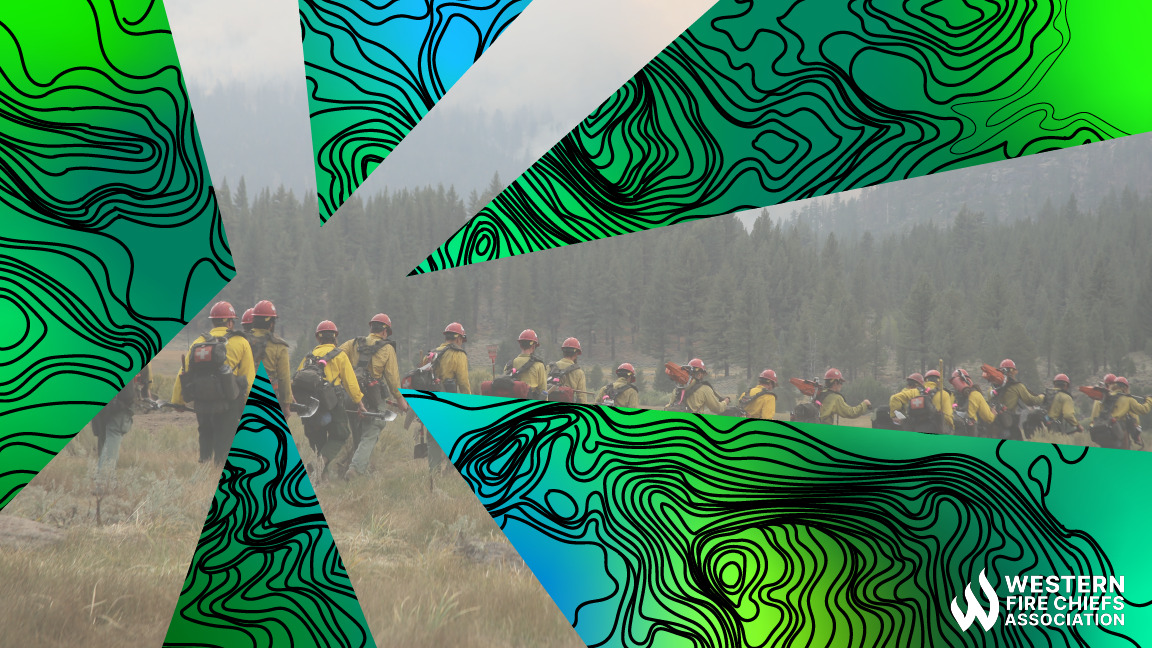
Learn about the different tactics firefighters use to prevent the spread of wildfires, such as establishing fire lines, backfiring, and creating firebreaks.
Once smoke has been spotted and a wildfire identified, wildland firefighters move quickly to limit the damage that the fire can cause to the area. There are a range of firefighting techniques they use, depending on the terrain that is burning and the size of the fire. Pouring water and fire suppressants is a common starting point, but suppressing the fire is only part of the battle. Firefighters work to contain a wildfire before it expands beyond control.
If wildland firefighters are unable to douse a fire with water or by removing fuel in the first hour, they gather resources for an extended attack. To contain a growing wildfire, firefighters work along the edges to narrow its spread and control the front of the fire.1 Learn about some techniques firefighters use to contain wildfires as they work to protect the surrounding area, nearby properties, and their fellow firefighters.
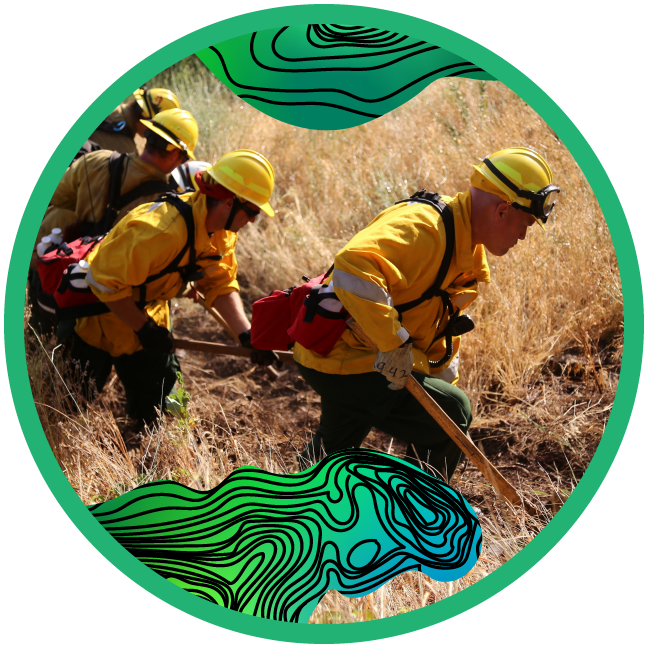
One of the first strategies that firefighters use to control wildland and forest fires is constructing a fire line—a break in vegetation and potential fuel. This break is created by removing all vegetation down to bare mineral soil or rock.2 Firefighters start at an anchor point, usually where the fire is coldest. Moving from this point, wildland firefighters construct a fire line using digging tools or pre-burning the area with a controlled burn out that eliminates fuel before the real wildfire can reach it.3
The fire line’s size depends on the fire’s behavior. Firefighters consider topography, the types of fuels in the area, and the weather as they construct and maintain a fire line. Wind can cause wildfires to jump fire lines that are not wide enough, which can be dangerous for firefighters and requires them to establish a new fire line in a new location.
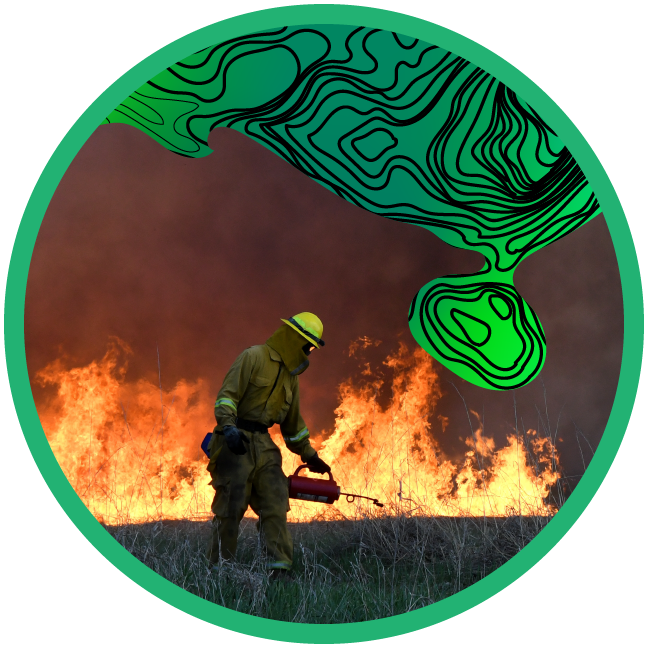
Similar to the burn out technique described above, a backfire is when firefighters deliberately start a fire in front of an active wildfire in order to consume fuel. This can block the path of a wildfire or change the direction the fire is moving.4
In the best-case scenario, backfires prevent a wildfire from spreading, but there are risks that the backfire will spread and add to the growing wildfire. If a backfire is set correctly, taking into account the wind and terrain, the backfire will move towards the main fire and be sucked in without spreading elsewhere.5 The ground will be cleared of vegetation and the wildfire will have less fuel to burn.
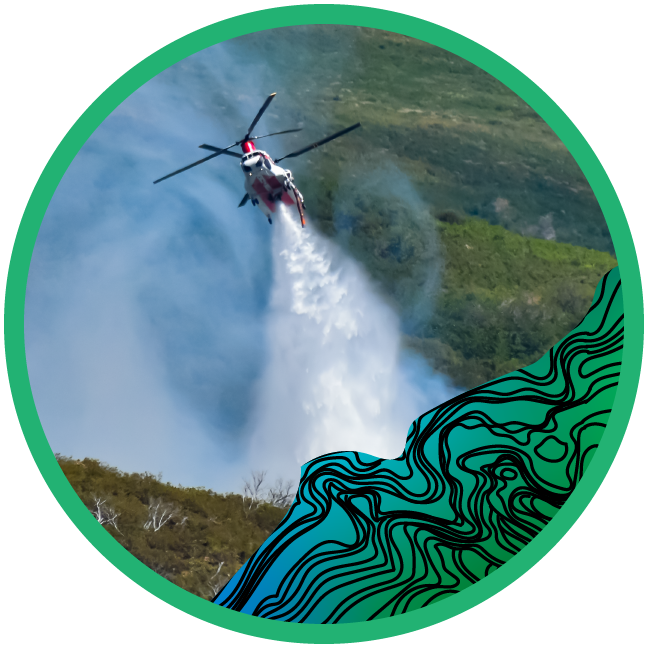
Water is used to put out wildfires, either with fire hoses or dumped from airplanes. If the fire is too hot, the water can evaporate before it effectively cools the fire or fuel in the area. Additionally, specialized fire retardants can reduce a fire’s intensity and speed. These fire retardants give firefighters time to move on the ground to reduce fuels, build fire lines, and work on fire containment.6
There are different classes of firefighting foam used to put out different kinds of fires. Firefighters typically use Class A Foam to extinguish Class A materials, which include wood, paper, and brush.
Firefighting foams contain surfactants, which are synthetic substances that reduce a liquid’s surface tension. These foams lower the water’s surface tension to increase the water’s ability to soak the area. The foaming property forms a blanket that will cling to surfaces. This blocks oxygen from getting to potential fuels and keeps the area cool, preventing reignition.9
The fire service uses long-term fire retardants, mixed to change how wildfires burn as well as decrease the fire’s intensity and slow it down. These retardants are mostly water, with fertilizer and other ingredients (e.g., corrosion inhibitors, thickeners, bactericides, flow conditioners) that extend the effectiveness of fire suppression after the water has evaporated. Long-term retardants are effective in reducing fire intensity and spread for several days to up to a week or more (depending on factors such as local vegetation, coverage levels, and weather).6
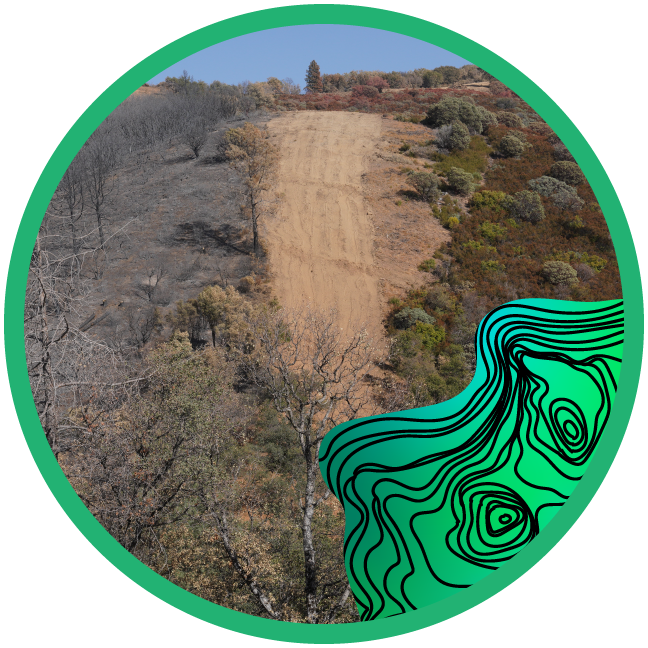
While fire lines are constructed to be a difficult area to burn near a wildfire, areas that are at risk of wildfires often have established natural barriers to stop or direct wildfires. These permanent barriers are called firebreaks.10 Natural features of the land may be considered firebreaks, but there are also man-made structures that can act as firebreaks if they are maintained. The area around a road can be kept clear of vegetation to establish a long-term firebreak, for example.11
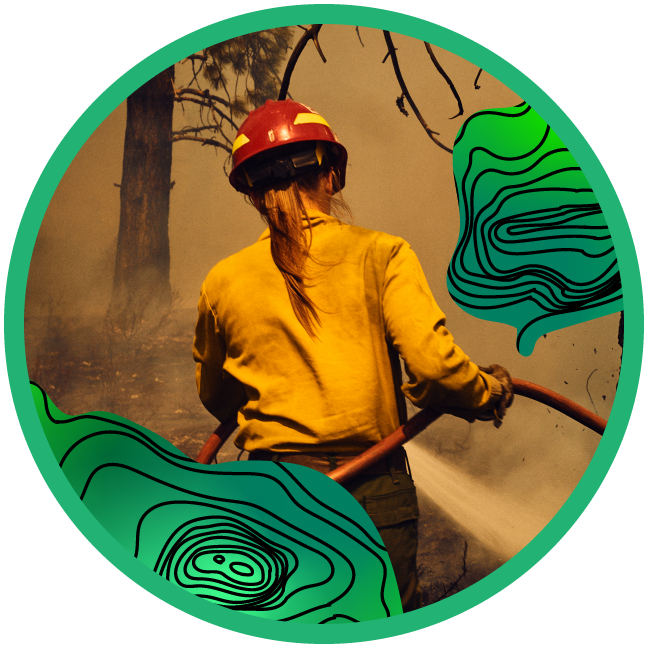
Firefighters work to contain wildfires and reduce the damage they cause. These fires are under control when they have a working boundary around them, or when they can no longer spread. However, even when a fire is 100% contained, firefighters must go through the process of mopping up, ensuring the fire contained inside the boundary is fully out.12 Ground crews go in and sweep the area to extinguish or remove burning materials, putting out any still-burning trees, and checking for embers. Even several days or weeks after a wildfire, if the weather has been dry, something that has been smoldering can reignite the area.1
Discover essential firework safety tips to ensure a dazzling display without accidents. Learn how to celebrate responsibly with expert guidance from WFCA.
Explore the role of AI in wildfire prediction with guidance from the WFCA. Learn how advanced algorithms and data analytics enhance early detection and response.
Empower your community with a detailed guide on creating a Wildfire Protection Plan. Explore crucial steps and strategies with expert guidance from the WFCA.